Rarity in QQL
BY HEEEY
Rarity is an inherent aspect of long-form generative art. Artists craft their algorithmic systems aiming for balance and cohesion across the output space, fine-tuning trait probabilities so that some appear more often than others.
Long-Form Rarity
In long-form generative art, less common traits are seen as desirable outliers, with the rarest iterations generally combining two or more of these rare traits, resulting in outputs that stand out from the rest.
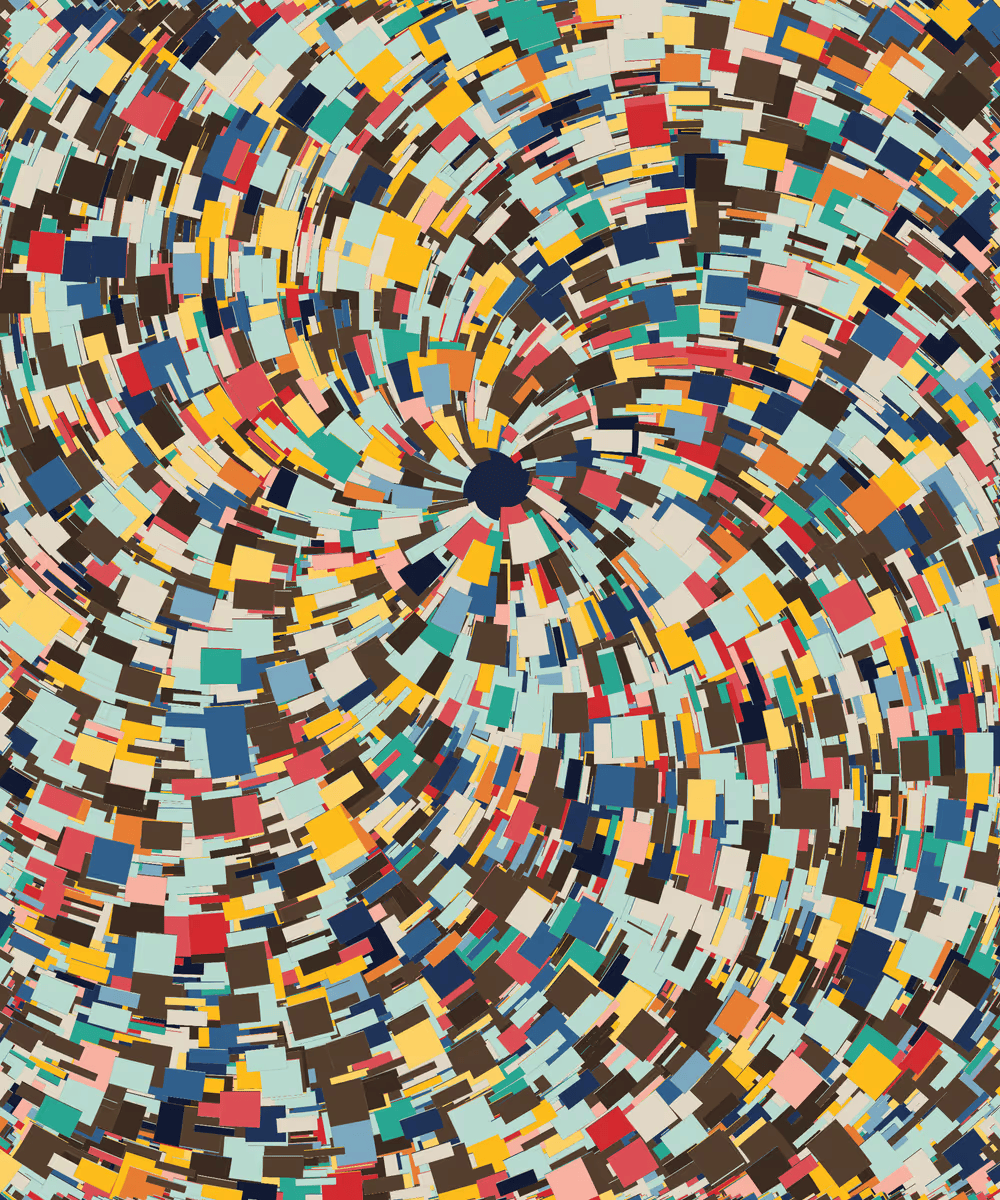
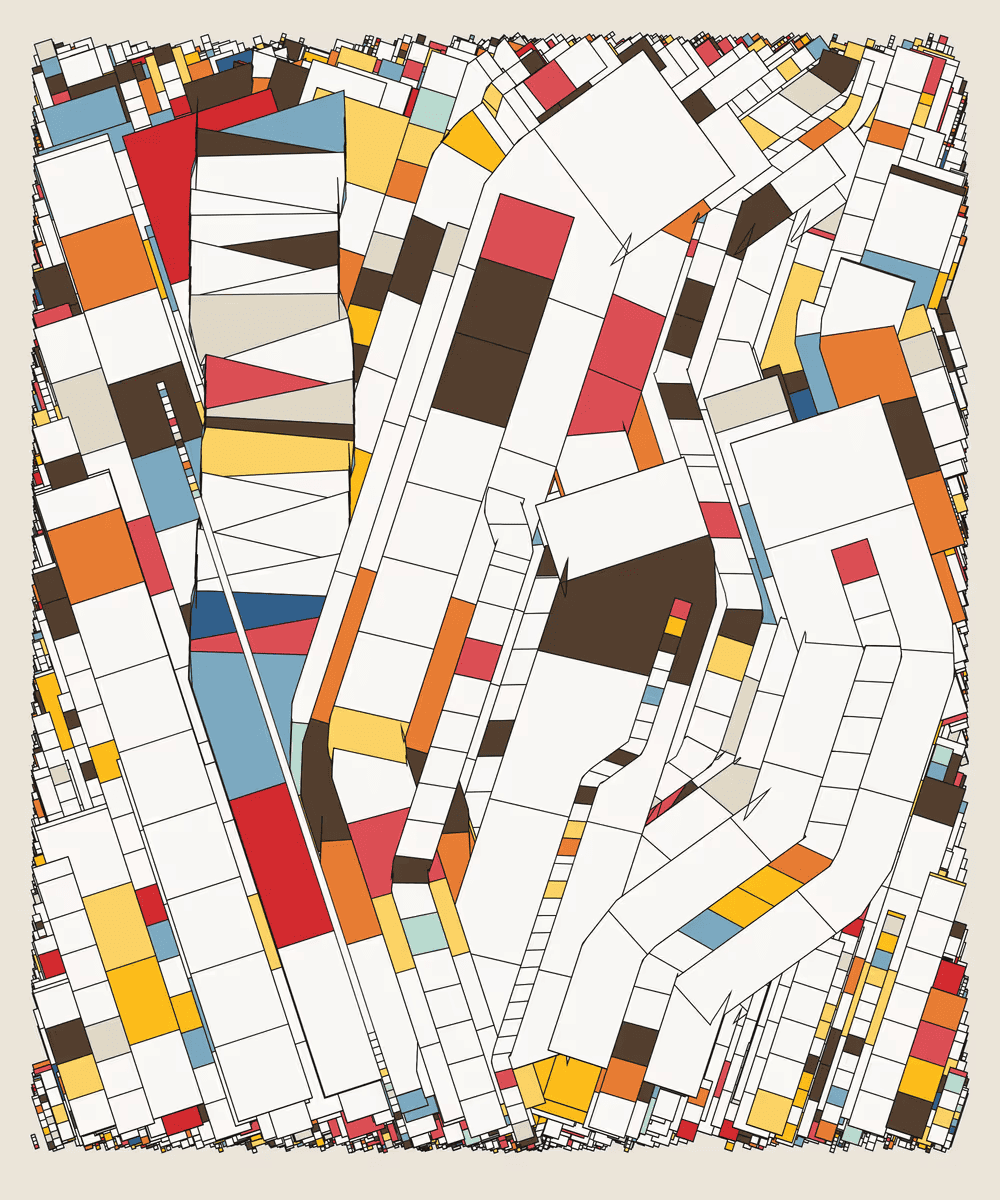
Sometimes, an unforeseen combination of parameters produces unpredictable and surprising visuals, even emergent properties that can’t be described within the scope of the collection’s predefined traits.
Long-form generative collections usually have a limited number of minted iterations. Often, iterations perceived as rare—whether due to a provable combination of rare traits or a visual singularity—are more appreciated by collectors. This is because they are seen as more scarce and desirable, playing an important role in an artwork’s market dynamics.
QQL is Different

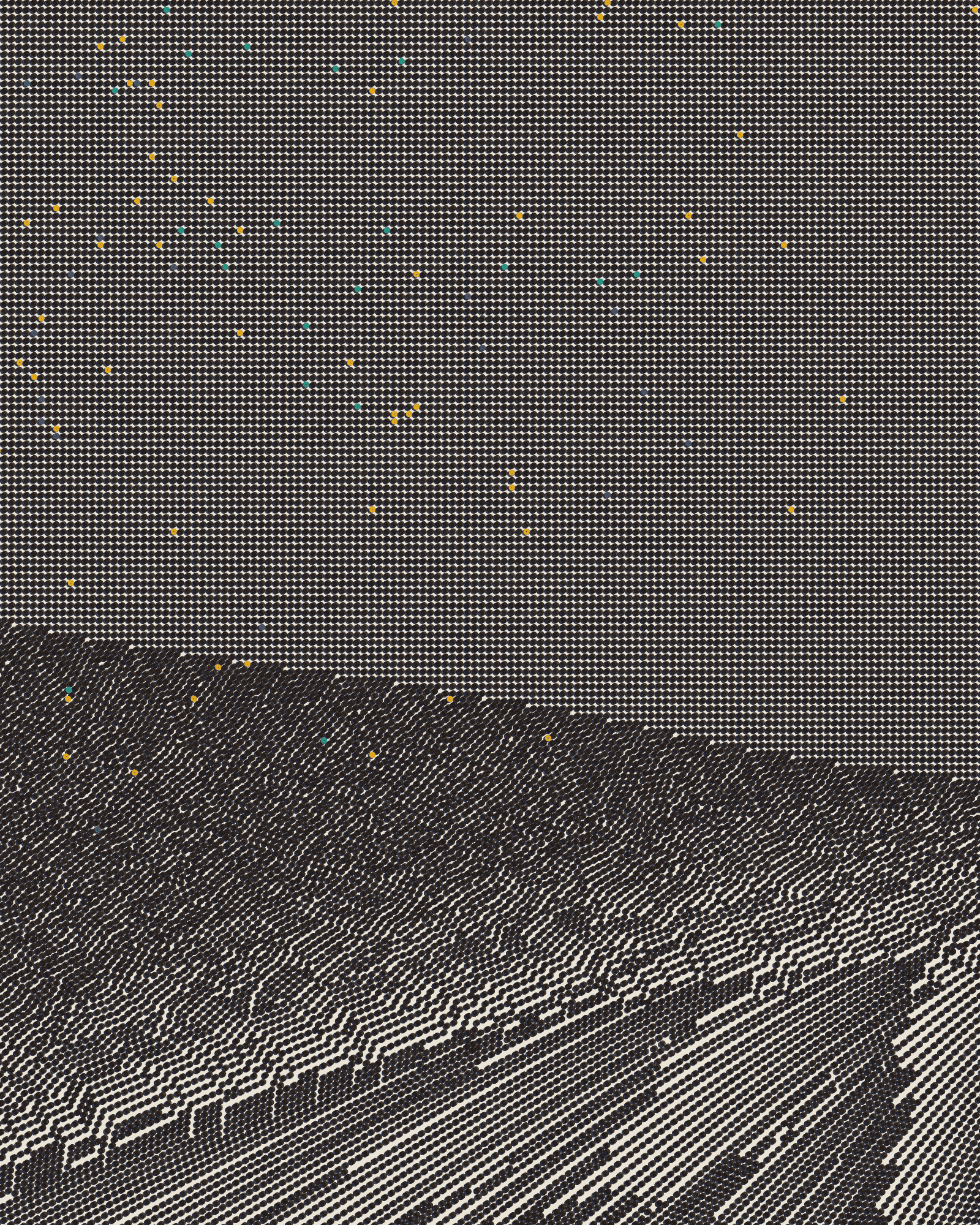
The biggest difference we find in QQL, when compared to most other long-form generative artworks, is that collection (trait) rarity is not determined by the algorithm’s weighted randomness. Instead, it’s shaped by the taste and preference of collectors who decide to burn a Mint Pass to add a QQL seed into the final collection.
Even then, if we look at the rarest QQLs, ranked by minted trait rarity, we would probably have a hard time finding exceptional visual emergence. QQL trait-rarity can’t define visual noteworthiness, not even perceived rarity, as this has much more to do with singular aesthetics and provenance.
Moreover, trait rarity is not much of a determining factor, because QQL parameters are often fluid and variable, and different parameters may produce similar visual results, making individual traits harder to identify and isolate.
Ongoing Minting
QQL’s minting dynamics add another unique mechanic to the mix. Because the collection is still minting—with over 600 unburnt QQL Mint Passes remaining—seeds considered “rare” today could become “common” in the future if collectors choose to mint more in a determined style. This makes it technically impossible to say, with certainty, that any specific QQL is truly rare.

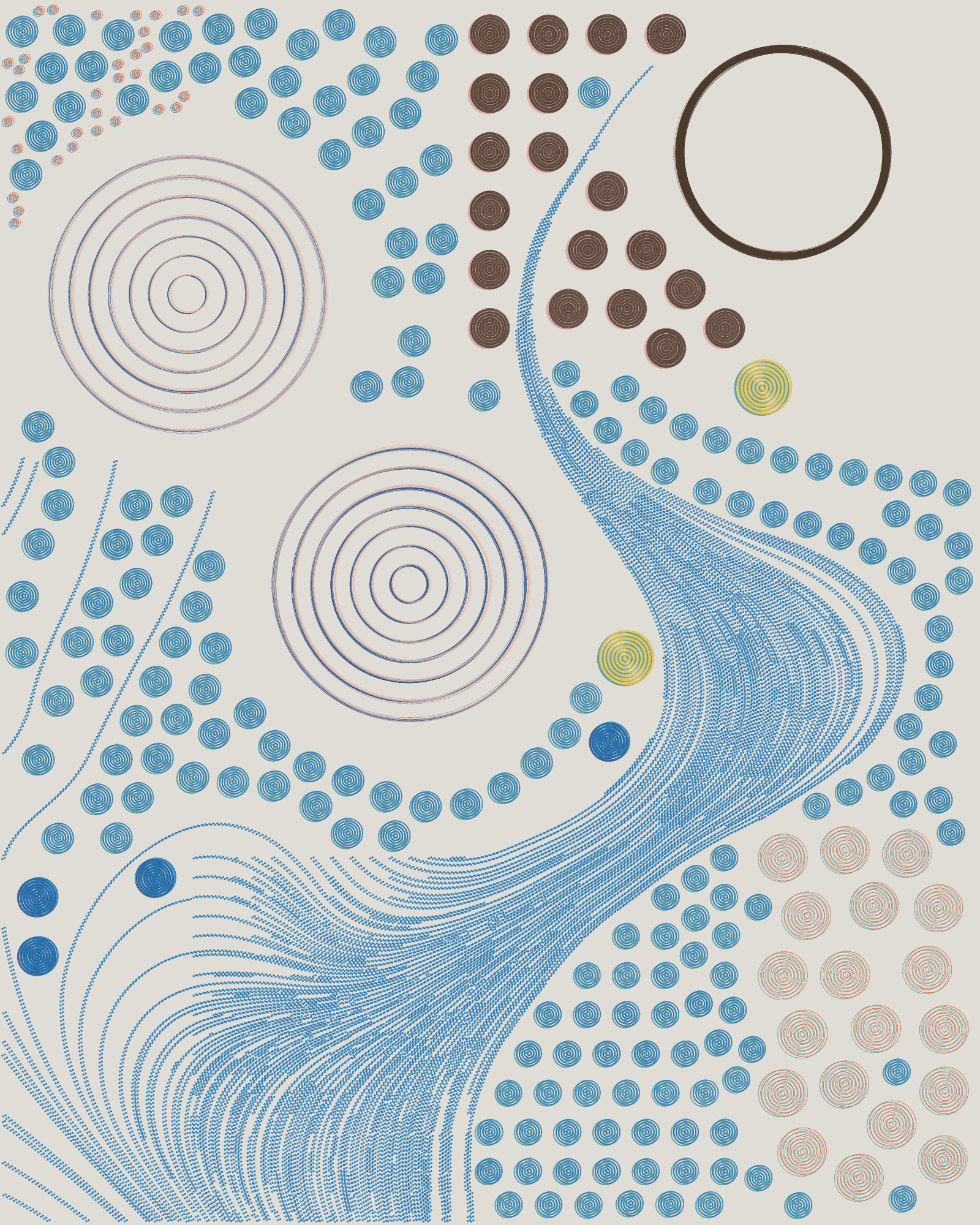
This dynamic also makes the QQL secondary market behave differently from other generative art collections. As long as QQL Mint Passes are available, they tend to set the overall collection prices.
Provenance, however, could still influence and increase a QQL’s iteration perceived value. In general, “Day 0” QQLs might be more desirable than “Year 2” QQLs. The same may apply to QQLs whose parametric artists are themselves already well-known artists, like Dmitri Cherniak, William Mapan, or a few others.
Reversed Rarity
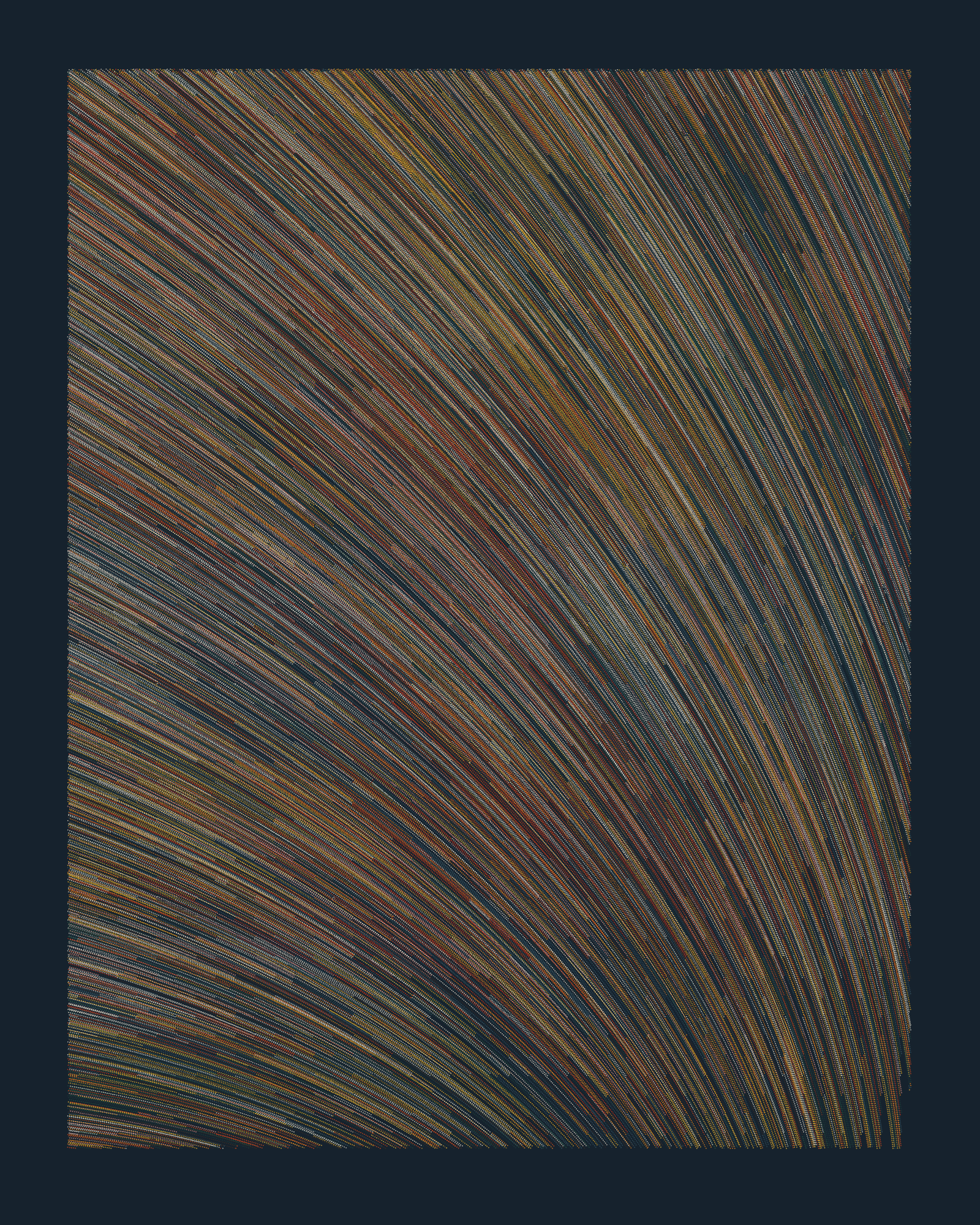
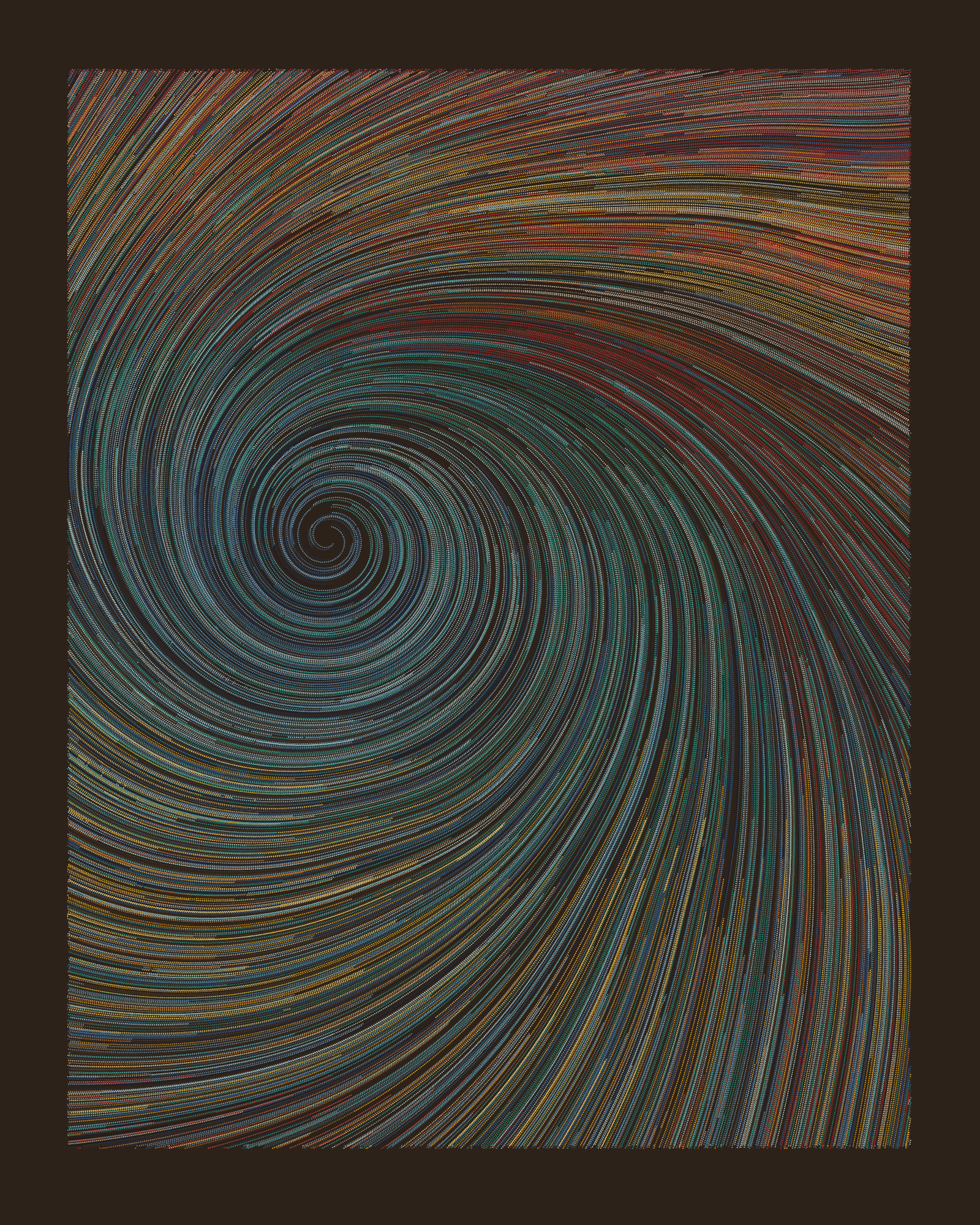

Because collectors can freely explore and discover the algorithm before minting—and also know what QQLs have already been minted—they can decide whether to mint a “new” style of QQL or to follow the stylistic path of a previous mint.
This choice has resulted in QQL becoming a very heterogeneous set of artwork with many groups of seeds “joining” to create identifiable, singular styles throughout the collection. Sometimes the same collector mints a few seeds in the same style; other times, a new collector follows the path of previous minters. These QQLs become “common” as there are more of them than other styles, but at the same time, this indicates that some collectors find them more attractive.
Many other QQLs, however, can be seen as standalone mints that don’t conform to a definable style, thus becoming “unique”. Can this uniqueness be considered rarity? Or are these single mints more aesthetically nuanced and perhaps appealing to a narrower set of collectors?
Exploration
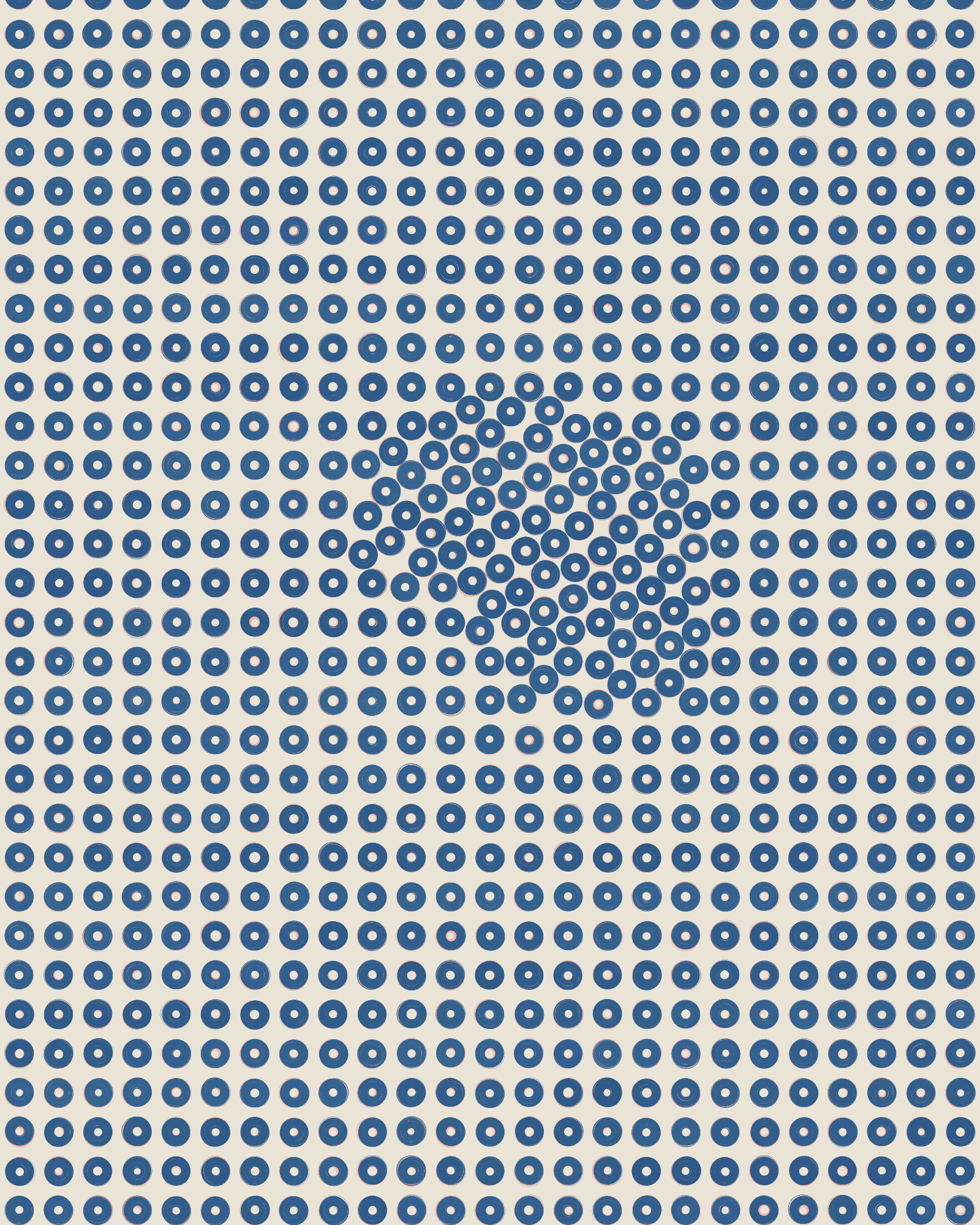
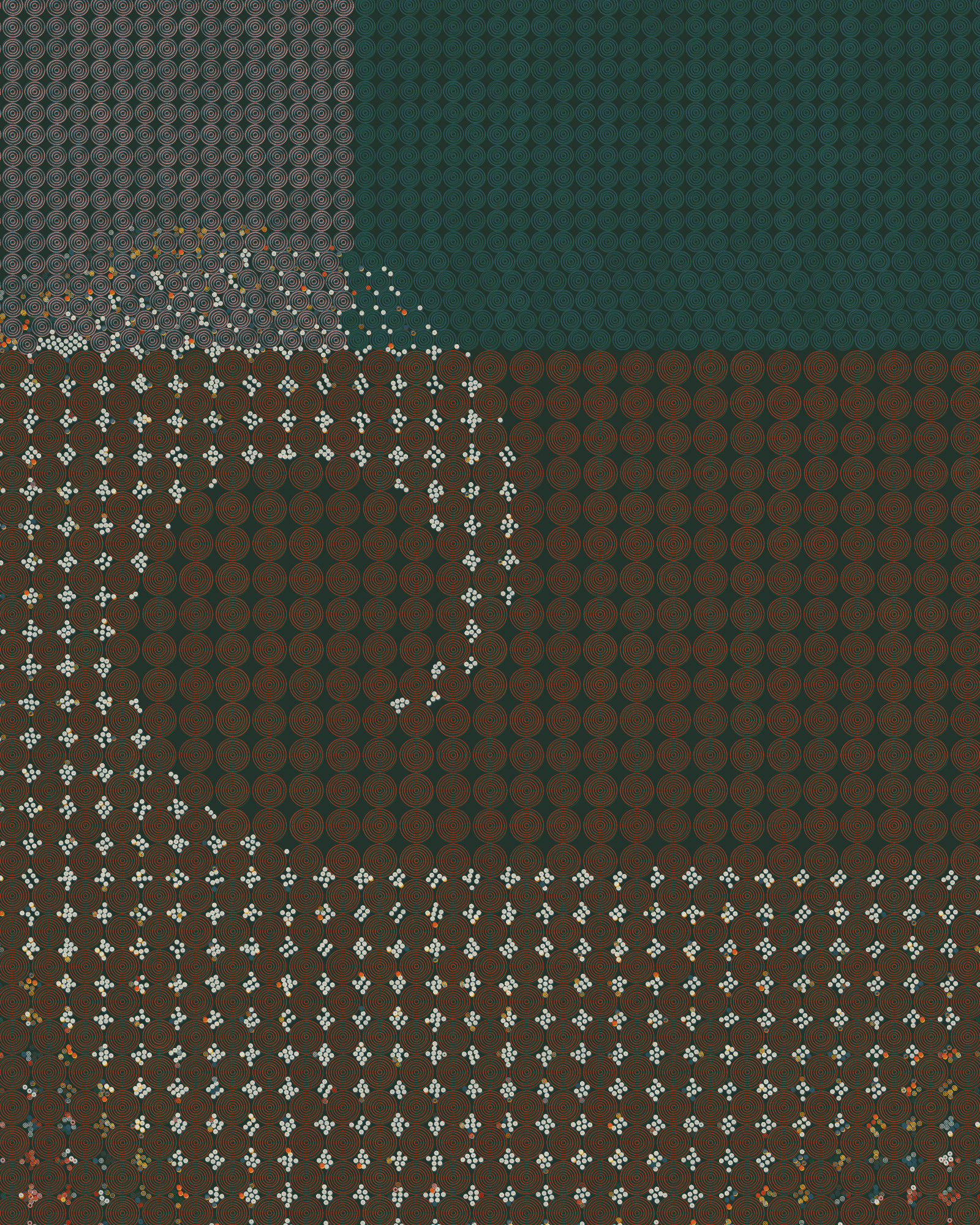
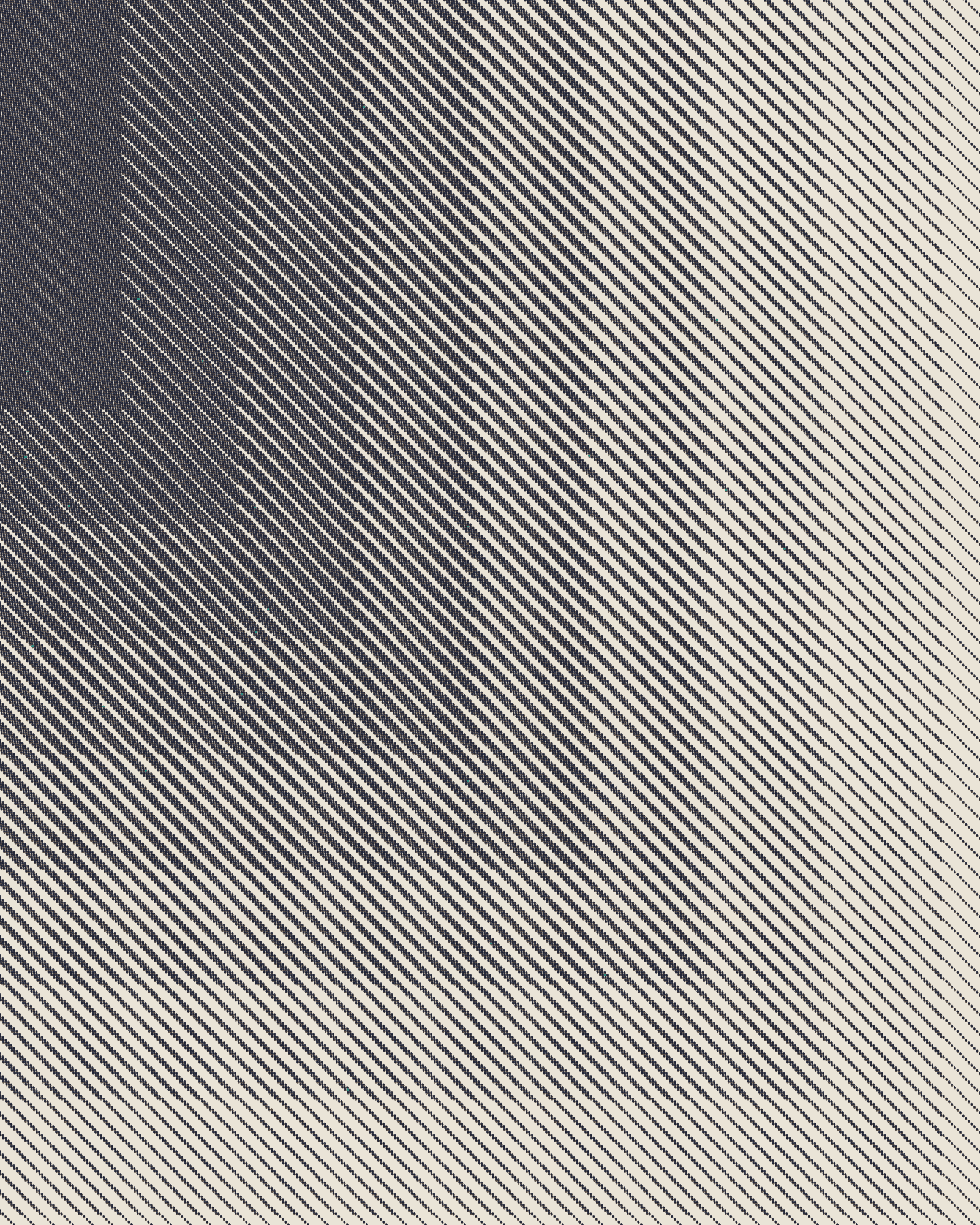
Exploring the QQL algorithm is limitless. Anyone can look for seeds indefinitely, trying to unveil their “holy grail.” While certain properties appear quite often, others are very hard to find. Discovering a seed with elusive “rare” properties becomes a matter of time, luck and perseverance.
The variable randomness of the algorithm’s elements and its building blocks can make the visual outcome of seeds that share the same traits be different enough from one another that there is ample variety. Many of these elements will come up very often, while others are a bit more elusive, but there is always a chance.
Hard-to-find seeds usually include implicit traits that occur only every so often. However, finding a seed with some “unique” properties is only one part of the equation; for that seed to be truly noteworthy, it also needs to have a strong composition and good color balance.
When a parametric artist shows or refers to a “rare” seed they found, they’re pointing out a seed with properties that are seldomly present. Rather than being intentionally sought out, these seeds are more like found treasure.
Although rarity is present throughout QQL, exploring the algorithm has a lot more to do with visual emergence than a combination of traits. And even then, this is secondary to the curation experience, which has its basis in taste and personal connection, rather than rarity.